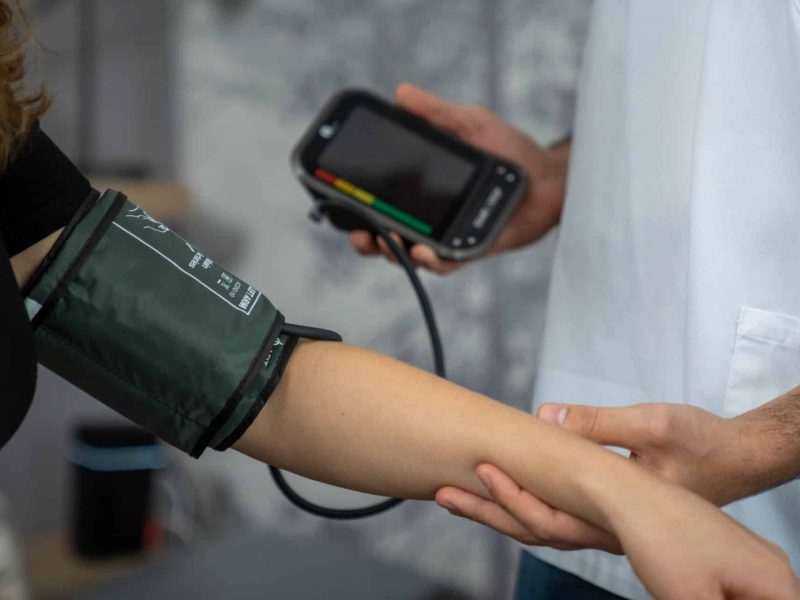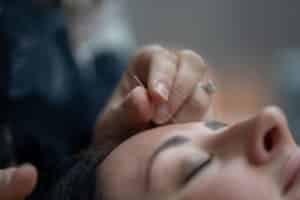Osteopathy education and regulation is an important subject regarding professionalism and the future development of Osteopathy. Regulation works in much the same way as regulation for medical doctors. To qualify, an Osteopath must study for four to five years for an undergraduate degree. This is similar to a medical degree, with more emphasis on anatomy and musculoskeletal medicine and more than 1,000 hours of training in Osteopathic techniques.
Osteopaths must register with the General Osteopathic Council (GOsC). In law, it is an offence for anyone to call themselves an Osteopath if they are not qualified and registered. The British Medical Association’s guidance for general practitioners states that doctors may safely refer patients.
The GOsC only accepts registration from practitioners with a qualification in Osteopathy recognised by the GOsC and who comply with their standards of practice. Osteopaths are required to renew their registration each year. As part of this process, the GOsC checks they have the correct insurance, meet professional development requirements and remain in good health.
If you use an Osteopath who does not adhere to this standard of practice, you can complain to the GOsC. It must investigate the complaint. You can use the GOsC register of Osteopaths to find one in your local area. Regulation by the GOsC aims to protect patient safety and ensure that Osteopathy education and regulation remain very high.
What qualifications do osteopaths have?
Osteopaths complete a 4- or 5-year honours degree programme (bachelor’s or master’s), which involves at least 1,000 hours of clinical training. Some Osteopaths are educated to the PhD level.
Safe in Our Hands
Osteopaths help to keep patients mobile and resolve pain quickly, reducing the need for painkillers. Osteopathy has already kept an estimated 25,000 patients daily out of doctor’s surgeries and off hospital waiting lists. Osteopathy is regarded as a safe treatment, although you may occasionally experience minor side effects, such as:
- mild to moderate soreness or pain after the treatment
- mild headache
- fatigue and tiredness
These effects generally feel like you have over-exercised and usually develop within a few hours of a session and typically get better on their own within 1 or 2 days. Always call the Osteopath if you are worried or concerned about how you feel after treatment. Your Osteopath should also explain the benefits and potential risks associated with treatment.
Is Osteopathic Treatment Suitable for Everybody?
Osteopathic treatment is tailored to the individual patient. It is not recommended where there’s an increased risk from therapy due to some disease processes. Osteopathic practitioners skilled in medical clinical assessment and applied differential thinking. If the Osteopath decides treatment is unsuitable for you at this time, they will advise you and work closely with your GP or healthcare professionals to find a more suitable therapy. Osteopathy is usually painless but maybe a little uncomfortable. Most people find Osteopathic treatments to be gentle and relaxing.
People with certain health conditions may not be able to have Osteopathy or only be able to have gentler techniques. It’s best to call the Osteopath to discuss any concerns you may have.
These conditions include:
- Severe osteoporosis
- fractures
- acute active inflammatory diseases, such as some types of arthritis
- Some types of infections
- blood clotting disorders, such as haemophilia
Osteopathic treatment is possible but not always recommended if you’re:
- taking blood-thinning medicines, such as warfarin
- having a course in radiotherapy
Treatment During Pregnancy
It is generally safe to see an Osteopath during pregnancy. If you are worried, call the Osteopath you intend to visit or seek advice from your GP or midwife about your symptoms. You should also see an Osteopath who specialises in muscle or joint pain during pregnancy. Osteopaths are trained to use their clinical judgement to identify patients for whom osteopathic treatment is inappropriate.






